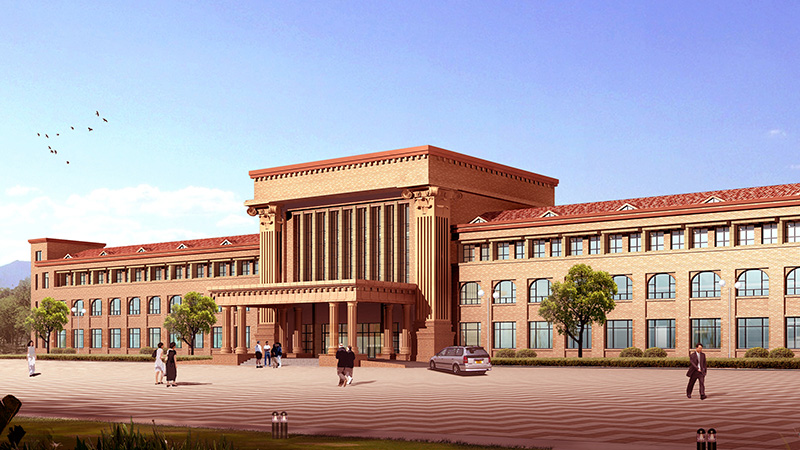close
Choose Your Site
Global
Social Media


| Availability: | |
|---|---|
| Quantity: | |
C2140A
TENGSHI
| Item: | C2140A |
| Composition: | 100% Polyester |
| Width: | 55/56" (140cm) |
| Weight (g/m2): | 395gsm |
| Knitting Technics | Woven |
| Dye Method | Yarn Dye |
| Usage | Furniture,Sofa, Chair, Textile, Bedding, Curtain |
The weaving technique used in the production of sofa fabrics plays a significant role in determining both their durability and aesthetic appeal. There are several common weaving techniques used in upholstery fabrics, each offering unique benefits. Plain weave, for example, is the simplest and most common technique, where the warp and weft threads cross over each other in a basic over-under pattern. This technique creates a strong, durable fabric that is resistant to wear and tear.
Twill weave, on the other hand, creates a diagonal pattern that adds texture and visual interest to the fabric. Twill fabrics are generally more durable than plain weaves due to the way the threads are interlaced, making them a good choice for high-traffic areas. Another popular technique is the jacquard weave, which allows for the creation of intricate patterns and designs. While jacquard fabrics are often more expensive, they offer a high level of aesthetic appeal and are commonly used in luxury furniture.
In addition to these traditional weaving techniques, modern advancements in textile technology have led to the development of performance fabrics. These fabrics are engineered to be more durable, stain-resistant, and easy to clean, making them ideal for households with children or pets. For example, microfiber fabrics, which are made from ultra-fine synthetic fibers, are known for their durability and resistance to stains. These fabrics are also soft to the touch, making them a comfortable choice for upholstery.




| Item: | C2140A |
| Composition: | 100% Polyester |
| Width: | 55/56" (140cm) |
| Weight (g/m2): | 395gsm |
| Knitting Technics | Woven |
| Dye Method | Yarn Dye |
| Usage | Furniture,Sofa, Chair, Textile, Bedding, Curtain |
The weaving technique used in the production of sofa fabrics plays a significant role in determining both their durability and aesthetic appeal. There are several common weaving techniques used in upholstery fabrics, each offering unique benefits. Plain weave, for example, is the simplest and most common technique, where the warp and weft threads cross over each other in a basic over-under pattern. This technique creates a strong, durable fabric that is resistant to wear and tear.
Twill weave, on the other hand, creates a diagonal pattern that adds texture and visual interest to the fabric. Twill fabrics are generally more durable than plain weaves due to the way the threads are interlaced, making them a good choice for high-traffic areas. Another popular technique is the jacquard weave, which allows for the creation of intricate patterns and designs. While jacquard fabrics are often more expensive, they offer a high level of aesthetic appeal and are commonly used in luxury furniture.
In addition to these traditional weaving techniques, modern advancements in textile technology have led to the development of performance fabrics. These fabrics are engineered to be more durable, stain-resistant, and easy to clean, making them ideal for households with children or pets. For example, microfiber fabrics, which are made from ultra-fine synthetic fibers, are known for their durability and resistance to stains. These fabrics are also soft to the touch, making them a comfortable choice for upholstery.



